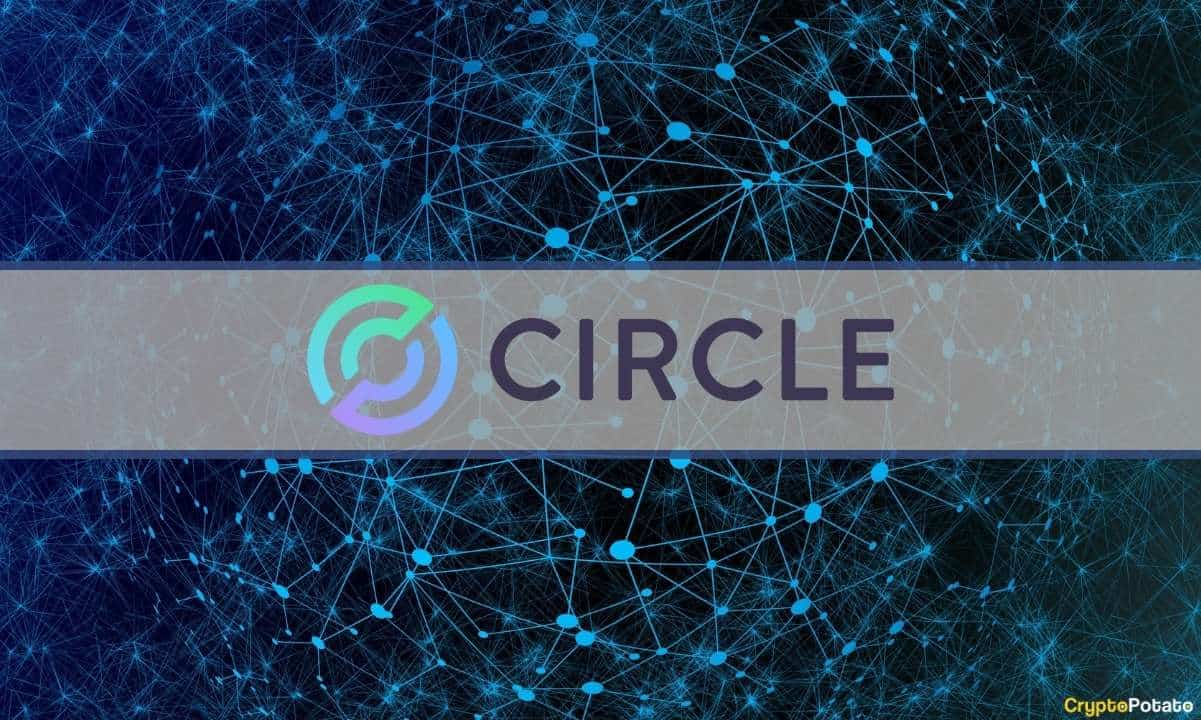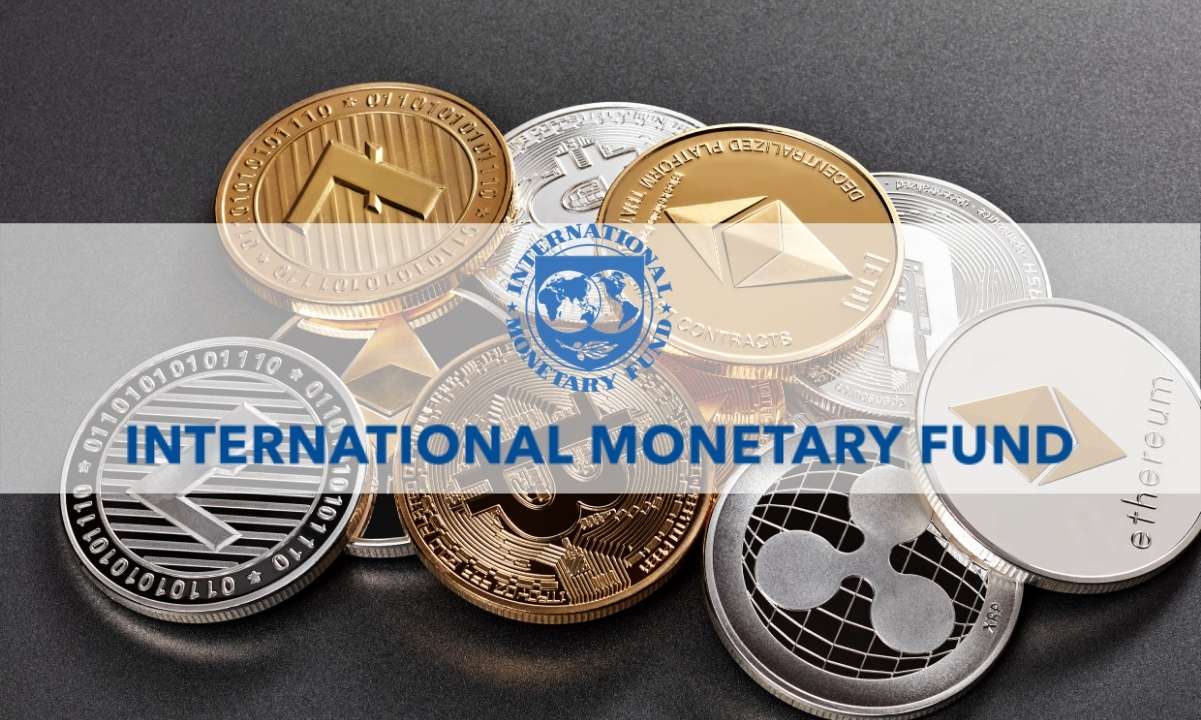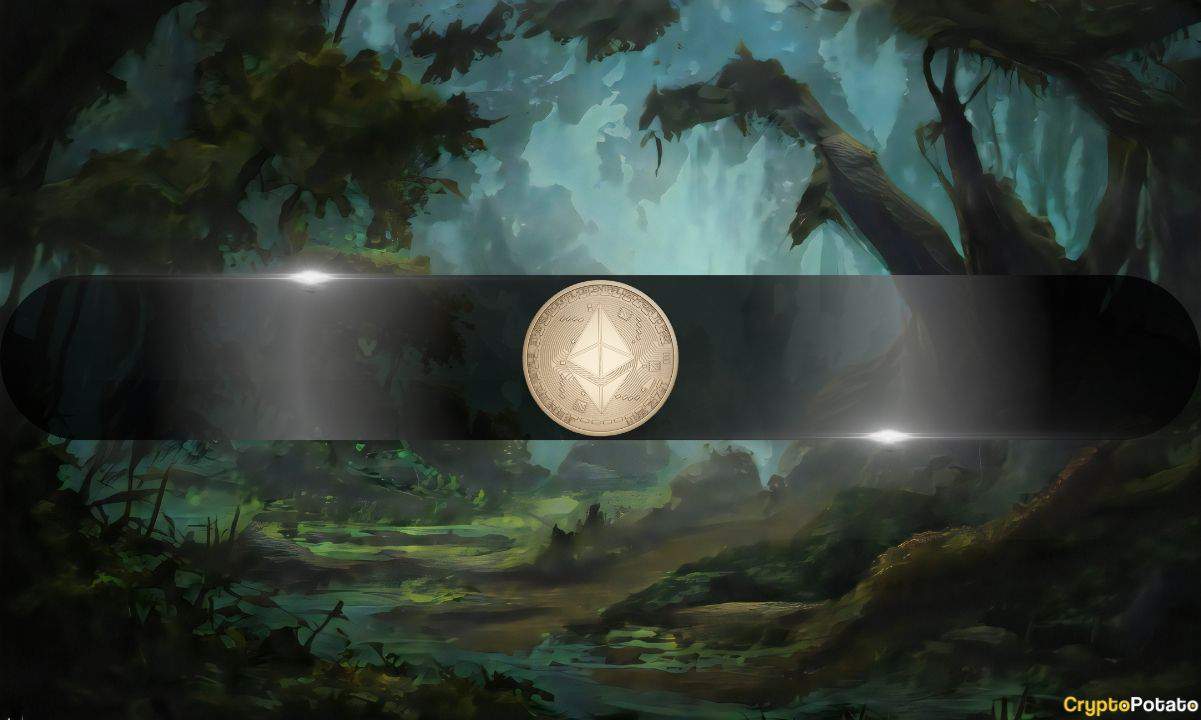Hashgraph vs. Blockchain: Why Aktio Is Banking on the Former
[Featured Content]
It goes without saying that distributed ledger technologies (DLT) have taken the world by storm, especially in the past few years.
This is largely due to the astronomic increase in the price of cryptocurrencies, most of which use DLT as their underlying technology. The market’s frontrunner, Bitcoin, reached an all-time high of almost $65,000, bringing the attention of the entire world towards the market.
While many argue that this is due to sheer speculation, it’s a fact that it brings attention to the industry. Governments across the world are looking at DLT-based solutions to resolve pressing issues in their infrastructure.
With this said, it’s important to take a closer look at the different types of DLT and examine their advantages, disadvantages, and perhaps come to a conclusion of what’s better.
What is Blockchain?
It is no doubt that the blockchain is the most popular iteration of distributed ledger technology – it’s the underlying stack used by most of the cryptocurrencies, including Bitcoin. Within a blockchain, the peers tend to communicate and create a peer-to-peer (P2P) network.
From a technical perspective, a blockchain represents a series of blocks connected in an immutable database, meaning that once written, the data cannot be deleted or edited unless the governing majority decides otherwise – in the case of public blockchains, which tend to be the ones with most popularity.
This makes blockchain-based technologies a proposed solution for various issues that riddle current market segments, especially in the world of finance.
What is Hashgraph?
Hashgraph represents a consensus method that offers a different approach to distributed ledger technology and is oftentimes proposed as an alternative to blockchains.
The first thing to consider is that it’s a formally patented technology, and the only authorized ledger that uses it is Hedera Hashgraph, and its native cryptocurrency is HBAR. It was invented in the mid-2010s by the American computer scientist Leemon Baird, who’s also the CTO of Swirlds – the company that holds the patent.
Hashgraph has been described as a successor or a continuation of the concept behind blockchain, and it’s supposed to provide lower costs, lower security constraints, fairness, speed, and so forth.
It doesn’t use a mining model like the Proof-of-Work blockchains. Still, instead, it uses a “gossip about gossip” model of the protocol where the different nodes “gossip” about the transactions to create a directed acylic graph that timestamps transactions without having to bundle them into blocks.
The Differences Between Them
The differences between blockchain and hashgraph-based DLT are considerable, and they can be sequenced in a few different ways.
- Security
Both iterations of distributed ledger technology perform well in terms of security, and even though they have different approaches, it’s hard to single one out.
Blockchain takes advantage of tamper-proof digital blocks where malicious actors can’t change the integrity of the data unless they represent the governing majority.
Hashgraph, on the other hand, uses aBFT, standing for Asynchronous Byzantine Fault Tolerance, which secures the network by sequencing each event correctly and making sure no data can be tampered with.
- Speed
This one is also rather hard to determine because there are various iterations of blockchain-based technology. For instance, Bitcoin’s network is slow, but other Proof-of-Stake networks can handle tens of thousands of transactions per second.
The Hashgraph Gossip method, on the other hand, is the reason behind its speed because it requires the propagation of less information across the network, making it essentially more efficient.
- Fairness
Blockchain tends to be less fair when it comes to miners or users as the former has more power stemming from their contributions.
Hashgraph tends to handle fairness in a different way where it allocates nodes randomly and also utilizes consensus time stamping, meaning that no individuals are affected due to the order of transactions.
There are other fields to compare, such as efficiency, approach, adoption stage, and so forth, and they should also be taken into consideration. However, the above tend to be the cornerstones of most discussions.
Current Applications
Talking about Hedera Hashgraph as the only network that implements the Hashgraph technology, it is integrated into many applications. CryptoPotato reported earlier in 2021 that the UK’s National Health Service will take advantage of Hedera Hashgraph tech to provide NHF facilities with information on the storage of COVID19 vaccines.
In terms of blockchain-based solutions, the examples are countless as it’s definitely a lot more adopted compared to the hashgraph iteration.
In any case, other use cases include payments, fraud mitigation, data compliance, tokenized assets, identity, and so forth.
As we mentioned above, Hedera Hashgraph doesn’t use miners like most of the PoW-based blockchains do.
Hedera Hashgraph is powered by a hashgraph consensus, and it’s based on a proof-of-stake public network, achieving considerable security, transaction speed, and efficiency.
Projects on Hedera
There are plenty of projects building on Hedera Hashgraph, although the technology is still a lot earlier in its adoption curve compared to blockchain-based projects, despite some of the evident benefits.
With this in mind, one new project with a coin based on Hashgraph is Aktio. The team behind it brings forward a decentralized, peer-to-peer (P2P) asset developed by Automata. It’s built on Hedera Hashgraph and functions as a digital currency for multi-asset exchange and settlement of international and multi-sector transactions.
It offers high-speed and cost-effective cross-border transactions, and it promises to outperform traditional currencies, as well as legacy financial systems.
Coming with a mobile app that combines the efficiency and practical features of digital payments as well as the latest tools for wealth management, Aktio users can expect access to a lot of traditional instruments, as well as the latest innovations in the field of decentralized finance. For more info, visit Aktio.









